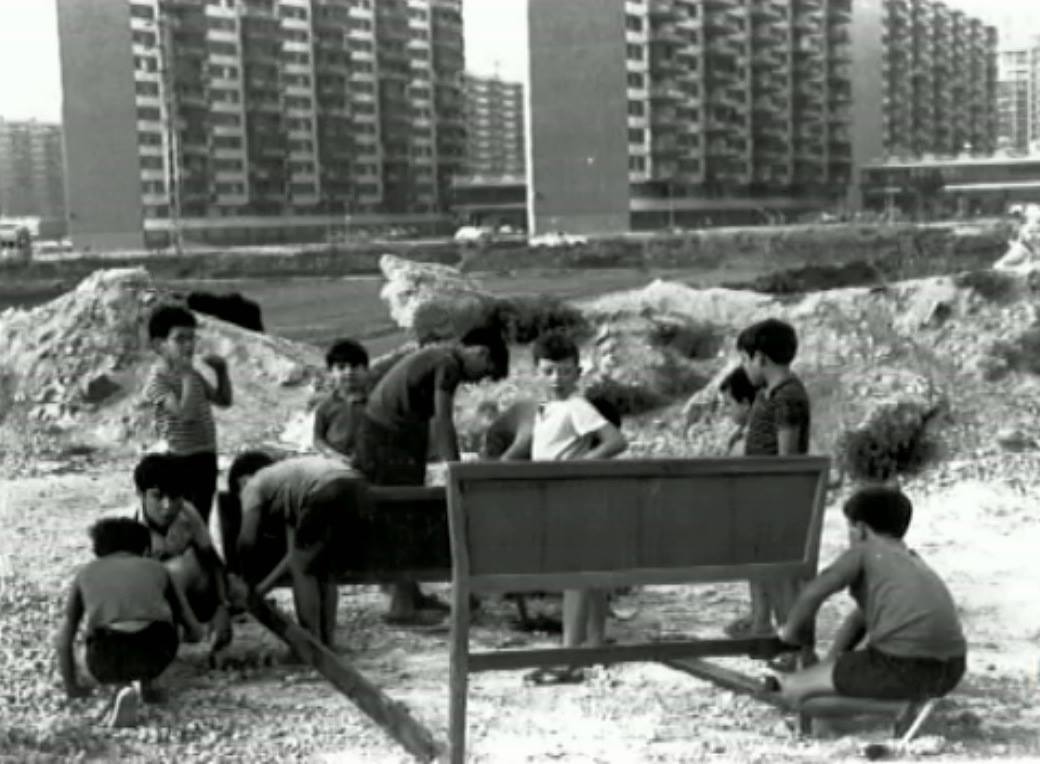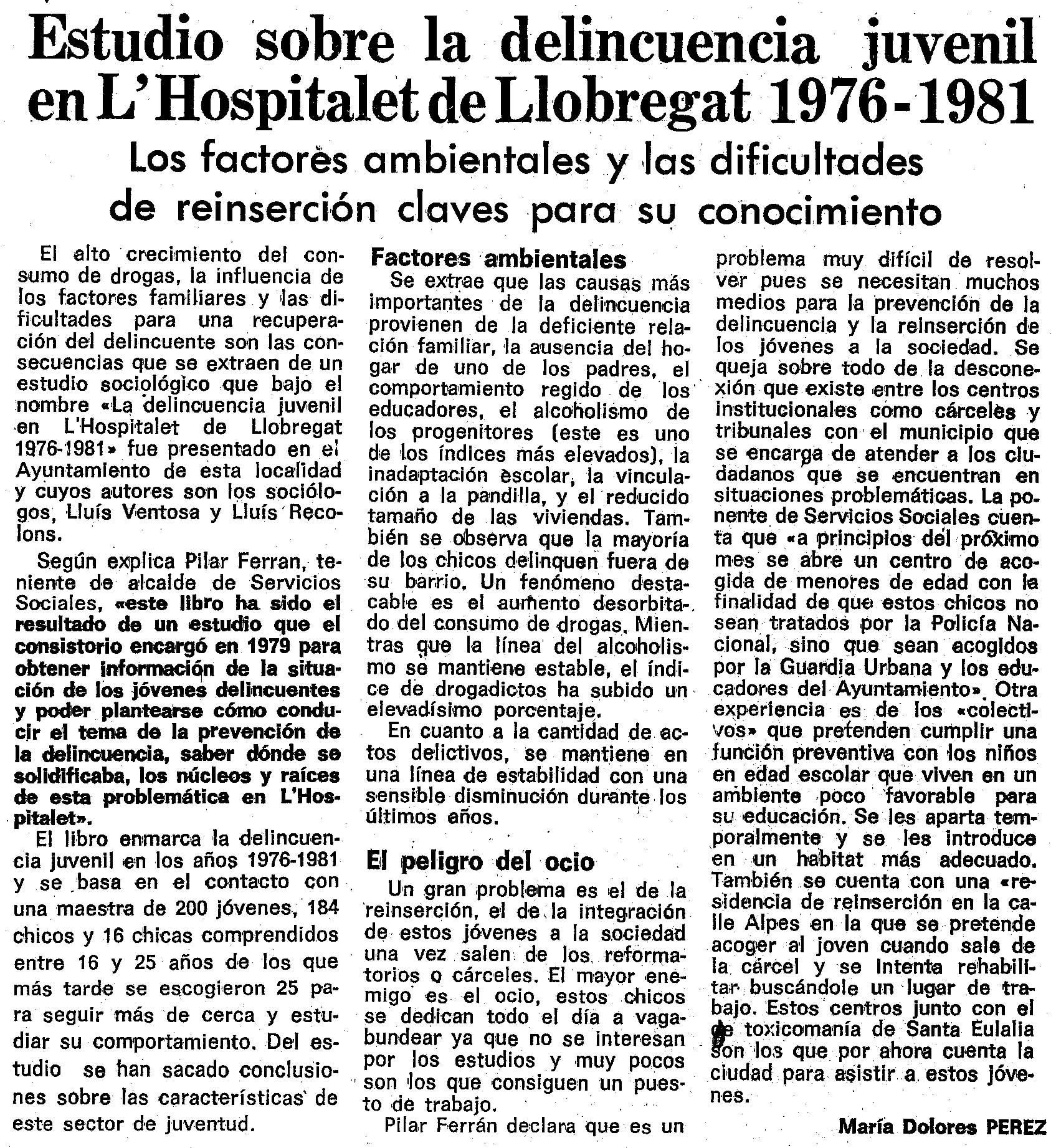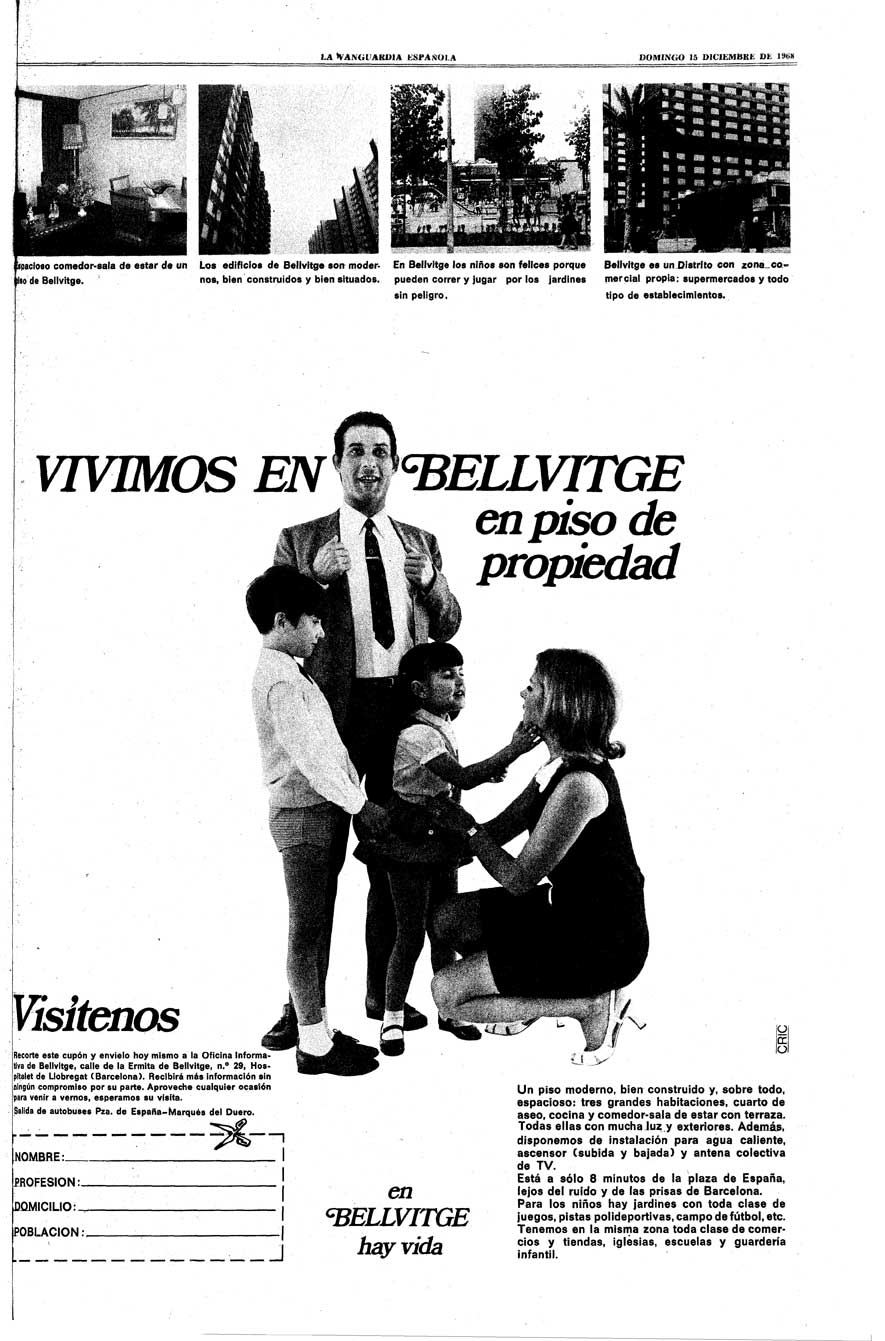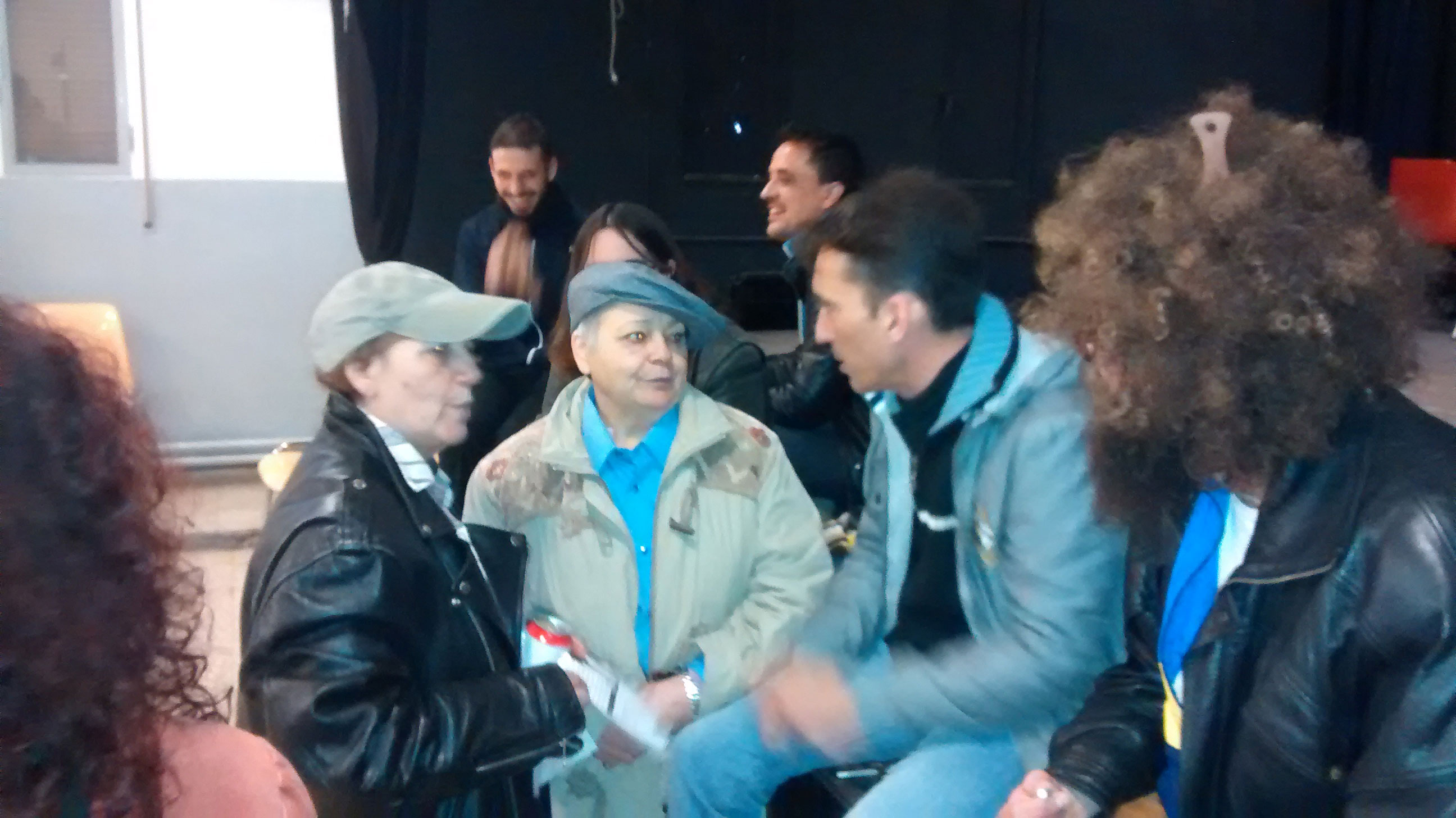


Regarding
Street Dogs
, the scene of
Bellvitge live role-playing
, and in relation to the last entry of this same blog, we wrote this elsewhere:
«It is precisely in the late 70s and early 80s when socio-cultural spaces aimed at young people were created —such as open centers, community centers, and esplais— that soon established agreements and conventions with public administrations and coordinated to carry out assistance tasks for populations considered at risk of social exclusion. It is at this moment when the idea that the street, which until then had been the main space for play and socialization for children and young people, was a dangerous place begins to be implemented and extended. It was therefore necessary to establish regulated and standardized spaces where the leisure time of children and young people was managed and controlled by adults, tasks that would be carried out by a whole series of technicians and professionals: educators and social workers, leisure time educators, street educators, esplai monitors, etc. From another point of view, we can understand that all these devices and knowledge significantly reduced the autonomy and capacities of children and young people to self-organize their leisure and their way of inhabiting the territory. It should also be noted that the neighborhood of Bellvitge, during the 60s and 70s, was not largely urbanized; this offered children and young people a good handful of undefined spaces —vacant lots, rubble dumps, and construction areas— that they could freely use in their games, without being conditioned by the design and criteria of official urban planning. Already in the 80s, the irruption of drugs into life and of the “youth gangs” the collective imagination of the neighborhood would end up putting the final touch to these infantile ways of inhabiting the city. »

Among that technical body and social knowledge that landed in neighborhoods like Bellvitge during those first years of democracy, in which the first social policies were put into operation as we know them today, sociology was also counted: in 1979 Pilar Ferran, then Deputy Mayor of Social Services of the L’Hospitalet City Council, commissioned the Obinso group to study juvenile delinquency in the city between 1976 and 1981. The report was carried out by the sociologists
Street Dogs
we were able to interview Lluís Recolons:
We can say that the social sciences not only objectively describe the phenomena they study —for the case at hand, the young people of Bellvitge— but that, in a performative way, they produce and modulate them. Thus, we can say that texts like the one we mentioned construct a representation and a story about the young people of the neighborhood that in turn produce those forms of subjectivity that they examine.
An analogous case could be that of
The Young People of the Neighborhood
, a documentary made by the collective Video-Nou in 1982 that portrays the young people of the Canyelles neighborhood —which in those years had very similar characteristics to those of Bellvitge—. During the
An example of this type of performative signifiers used by educators and social workers in the 80s was provided to us by Antonio Rosa, a social educator, member of the
Grup de Recerca en Educació Social
(GRES) of the UB and a resident of Bellvitge, when in that same debate about The young people of the neighborhood he told us about the term pre-delinquent, which was then applied to young people who met a series of established indicators —Antonio Rosa commented with hilarity, that he himself could have been considered a pre-delinquent according to these indicators—. Here you can see part of the conversation we had in our space as part of the research for Bellvitge live role-playing:
Throughout these months of research, we have seemed to perceive in Bellvitge —and again Bellvitge serves as an example of many other working-class neighborhoods in the urban peripheries— a generational gap; on the one hand we have the individual and collective story of the older residents —that of the first inhabitants who arrived in the neighborhood 50 years ago— which can be read as an epic and “success” story: it is almost a story of the pioneer, of the self-made man, who narrates the departure from their towns of origin —leaving behind the harsh living conditions in rural areas after the post-war period— the arrival in a new place in which everything was to be done and in which everything was conquered through struggle —social rights, services, equipment, infrastructures… even democracy itself was conquered—. To these factors we must add the ownership of the home —which meant their first asset for many families— and a strong identity, based on the conservation of the linguistic and cultural uses of the places of origin.

On the other hand, however, the identity of the sons and daughters of those pioneers, as a social group, is a much less monolithic, more diverse identity, a charnega, cross-border, declassified identity in some cases —the first generation, in many families, that learned Catalan in school and then pursued higher education—; some of those young people clung to the neighborhood as their main sign of identity, and among these, some paid dearly for it.
Sometimes it seems that the memory and identity of Bellvitge —and of the working-class neighborhoods of the urban peripheries like Bellvitge— are only the memory and identity of those pioneers who built them. If, to a greater or lesser extent, this is so, it seems pertinent to us to ask about the effects that this may have had on subsequent generations and their connection with these territories, on the relationship of the young people of the neighborhood with their neighborhood.
